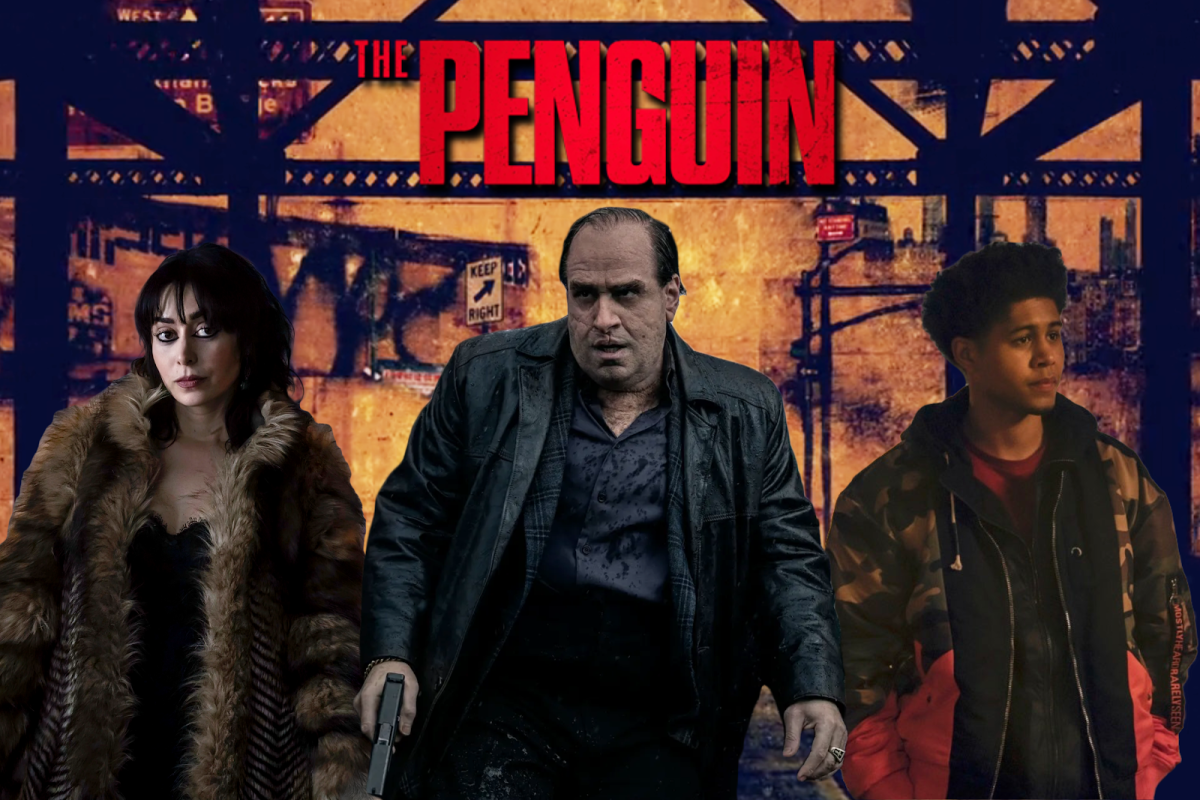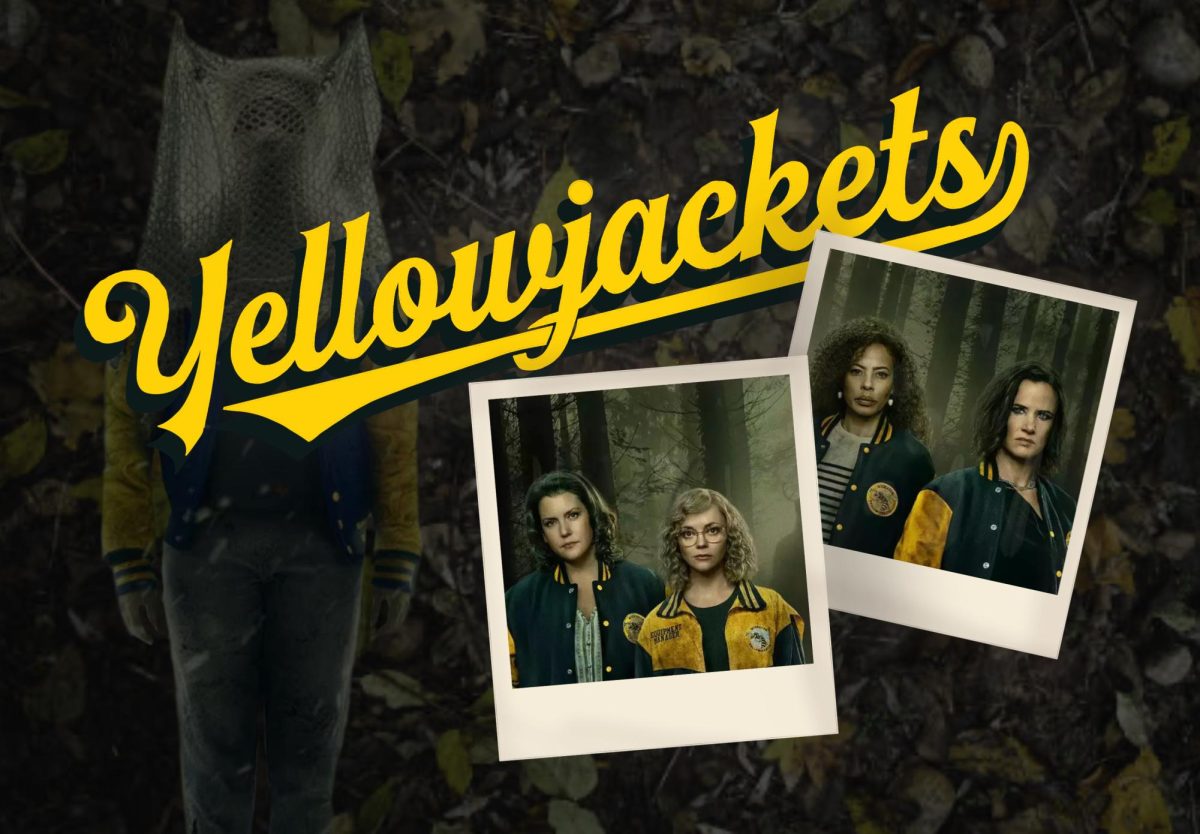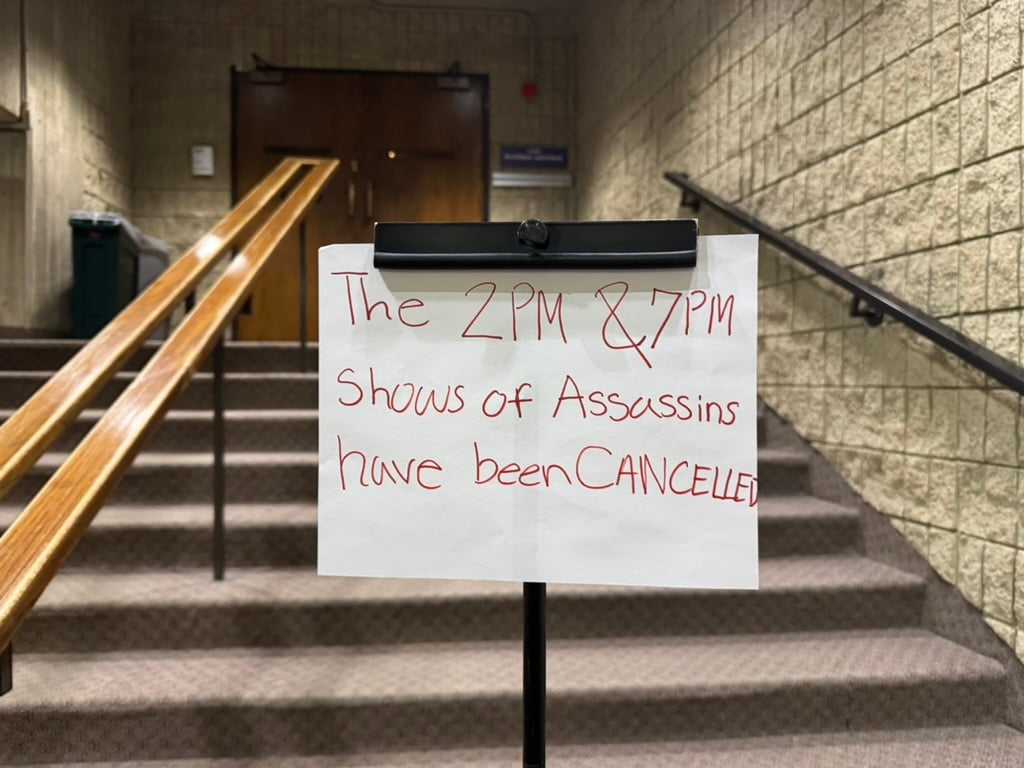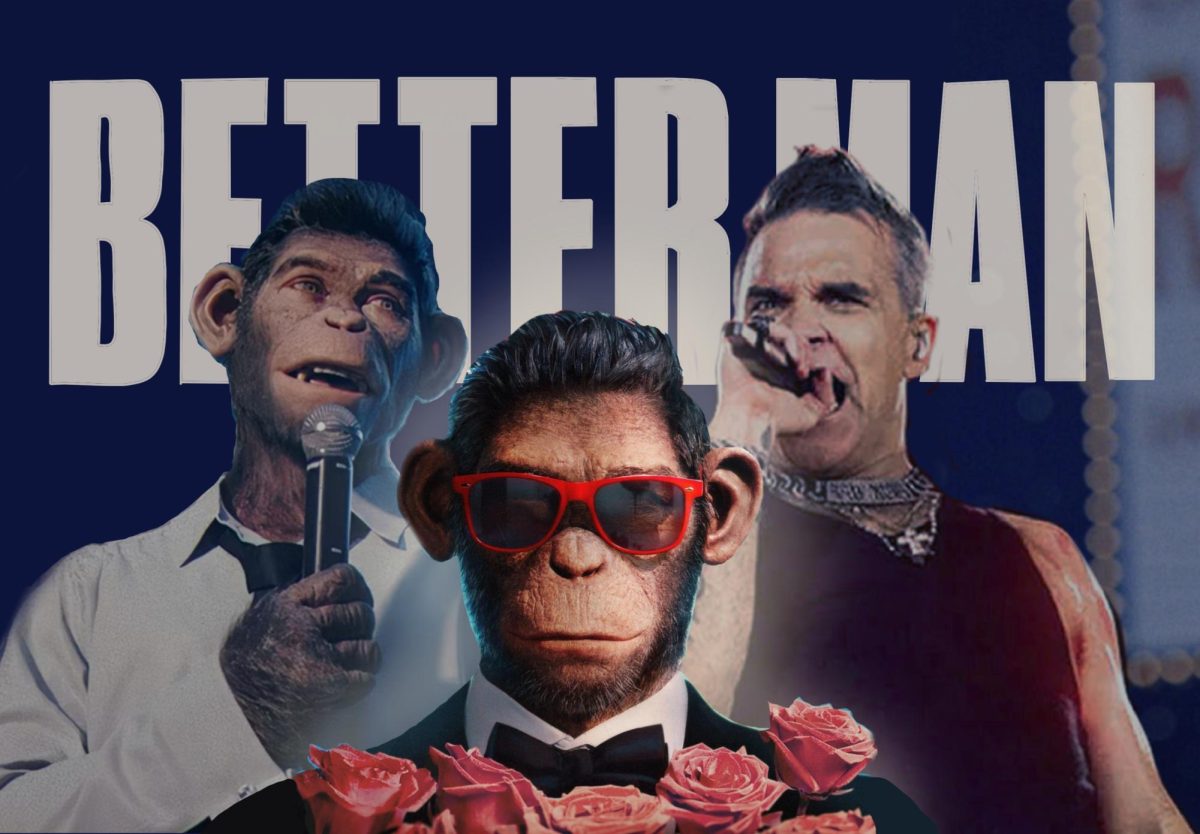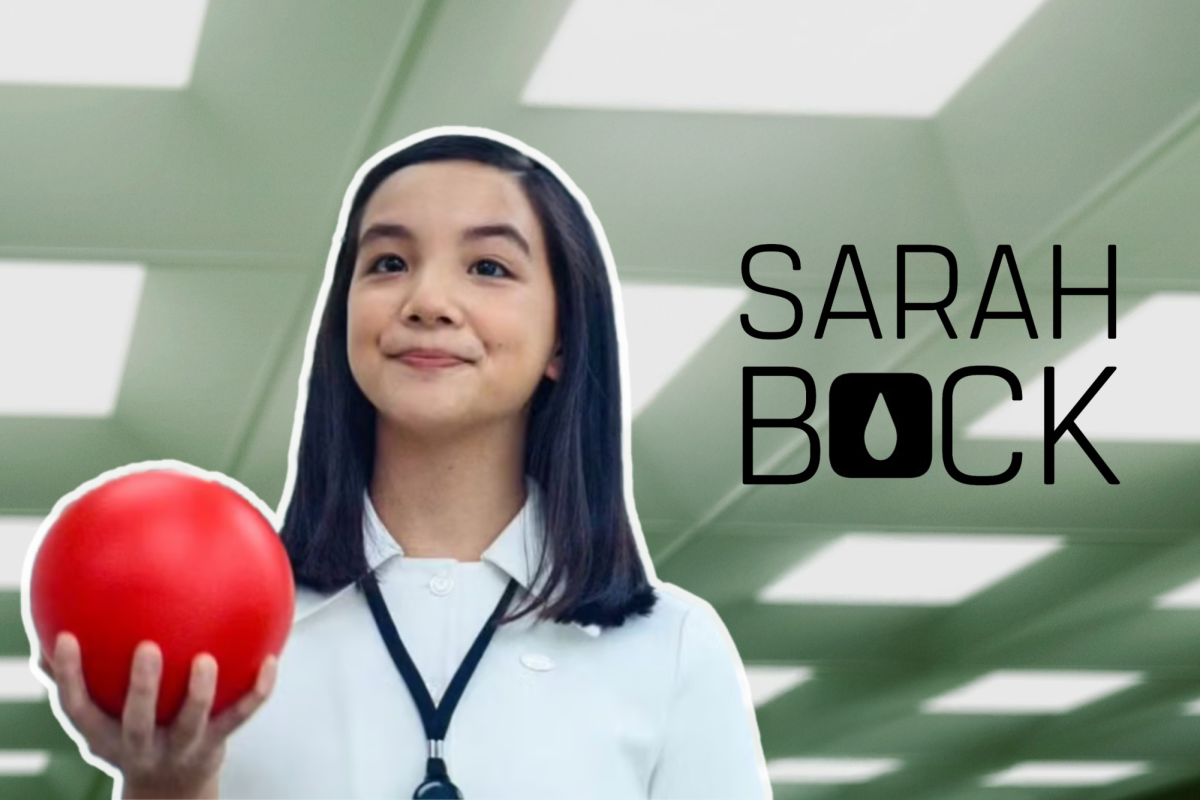“The Batman” was a wholly unique movie that subverted all expectations, acting as more of a gritty detective movie than a superhero movie. In the same vein, its spinoff show, “The Penguin,” continues to surprise its audience, becoming something truly great. Not content to rely on pandering cameos and over-the-top action sequences, “The Penguin” blazes its own path and meaningfully addresses serious topics like drug abuse, mental health and family loyalty.
Though not derivative of its preceding film, “The Penguin” walks on the foundation of “The Batman,” continuing the spectacular makeup and facial prosthetics used to completely transform Colin Farrell into the Penguin.
“The Batman’s” fully realized iteration of Gotham also carries into its sequel, creating a city that feels real and relatable to viewers. This comes in contrast to the otherwise impeccable Dark Knight trilogy by Christopher Nolan, where Gotham at times feels like just a knockoff of Chicago.
What grounds this version of Gotham are the art design and attention to detail. For instance, each neighborhood of Gotham has a distinct art style, whether that be the neon-lit streets of Chinatown or the grimy debris of Crown Point. These neighborhoods are inhabited by unique gangs that each play a large part in the power struggle of the criminal underworld of the city.
These gangs are in turn influenced by the main characters who are each vying for power in the chaos created by the Riddler in the events of “The Batman.” The three main characters are Victor (Rhenzy Feliz), Sofia (Cristin Milioti) and Oswald (Colin Farrell), the titular Penguin. These three characters are so well-written and performed that they act as the legs upon which the entire series stands on.
However, the show sometimes narrows in on a single character to deliver the necessary backstory. Though these scenes serve their purpose, the series feels slightly shakier with only one of its three legs.
Each of these three characters embody a moral conflict that is expanded upon as the series progresses. Sofia grapples with the choice to turn on her family after they repeatedly wronged her. Oswald exemplifies the dangers of having too much ambition. Lastly, Victor’s character must decide whether a life of crime is preferable to one in which he is stepped on by society time and again. These themes and the show’s deft handle upon the characters is what gives “The Penguin” its greater message.
“The Penguin” combines these themes with action-packed twists and turns. These plot twists are not included for mere shock value; they always feel earned and leave the audience in suspense.
At the end of each episode, there are about 10 minutes of interviews with the directors and actors, which elaborate on certain creative decisions. This was also done for Max’s drama “The Last of Us” and is a great way for audiences to get more immersed in the story and hear about the work that goes into crafting shows.
Certain flaws with the series include how it peaks a bit too early into the show. For instance, the third and fourth episodes are arguably the best of the series. There are also minor plot holes, like how the criminals all act as if Batman doesn’t exist, even though he has been fighting crime for years at that point. But, in the grand scheme of things, those nitpicks don’t detract from the accomplishment that is “The Penguin.”
As a casual enjoyer of “The Batman,” I probably would have stopped watching “The Penguin” if it didn’t captivate me. However, by the third and fourth episodes, I was hooked. I watched every behind-the-scenes interview and got ready each Sunday to watch the newest episode as soon as possible. Needless to say, I’m on the edge of my seat for the release of “The Batman Part II.”
Email: dannyogrady2026@u.northwestern.edu
X: @DannyMOGrady04
Related Stories:
— Reel Thoughts: Matt Reeves’ ‘The Batman’ finds success as dark detective story
— Reel Thoughts: ‘The Last of Us’ is a masterpiece that honors its source material, elevates video game industry to new heights
— Reel Thoughts: ‘Fallout’ goes out with a bang

